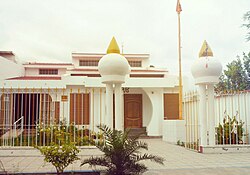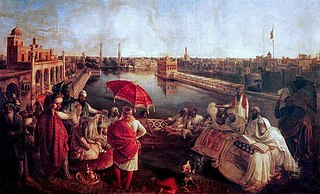
Sikhs are an ethnoreligious group who adhere to Sikhism, a religion that originated in the late 15th century in the Punjab region of the Indian subcontinent, based on the revelation of Guru Nanak. The term Sikh has its origin in the Sanskrit word śiṣya, meaning 'seeker', 'disciple' or 'student'.

Giani Zail Singh was an Indian politician from Punjab who served as the seventh president of India from 1982 to 1987 and 9th Chief Minister of Punjab. He was the first Sikh to become president.

Indian Sikhs number approximately 21 million people and account for 1.7% of India's population as of 2011, forming the country's fourth-largest religious group. The majority of the nation's Sikhs live in the northern state of Punjab, which is the only Sikh-majority administrative division in the world.

Sikhism is the fourth-largest religious group in Canada, with nearly 800,000 adherents, or 2.1% of Canada's population, as of 2021. The largest Sikh populations in Canada are found in Ontario, followed by British Columbia and Alberta. As of the 2021 Census, more than half of Canada's Sikhs can be found in one of four cities: Brampton (163,260), Surrey (154,415), Calgary (49,465), and Edmonton (41,385).
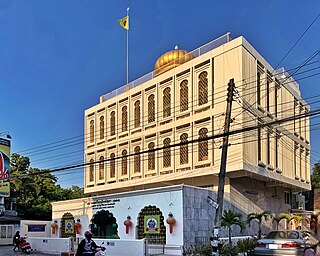
Sikhism is a recognised minority religion in Thailand, with about 70,000 adherents. The religion was brought by migrants from India who began to arrive in the late 19th century. There are about twenty Sikh temples or Gurdwaras in the country, including the Gurdwara Sri Guru Singh Sabha in Bangkok.

Indo-Canadians or Indian Canadians, are Canadians who have ancestry from India. The term East Indian is sometimes used to avoid confusion with the Indigenous peoples of Canada. Categorically, Indo-Canadians comprise a subgroup of South Asian Canadians which is a further subgroup of Asian Canadians. According to Statistics Canada, Indians are one of the fastest growing communities in Canada and one of the largest non-European ethnic groups.
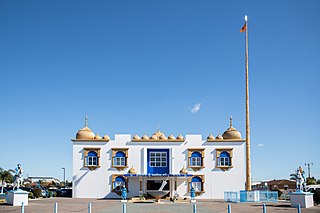
New Zealander Sikhs number over 53,000 people and account for 1.1% of New Zealand's population as of 2023, forming the country's fastest-growing and fifth-largest religious group. New Zealand has the world's third-largest Sikh proportion behind Canada (2.1%) and India (1.7%). While there are Sikhs in all sixteen regions of New Zealand, over half of Sikhs lived in Auckland Region in 2018.

Sikhism in Indonesia is a small religious minority in Indonesia. There are about 10,000 to 15,000 Sikhs in Indonesia.
There is a small community of Indians in Argentina who are mainly immigrants from India and the neighboring countries in South America and the Caribbean with Indo-Caribbean influence and some of whom were born in Argentina and are of Indian heritage.
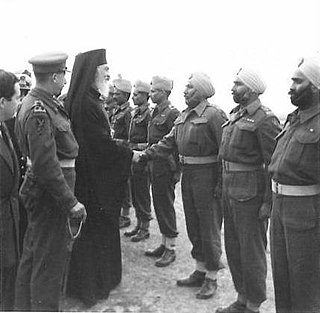
Sikhism in Greece dates back to the early 1900s, where many Sikhs came to the country through British Indian Army in the World War I and World War II. As of 2012, there are approximately 20,000 Sikhs in Greece. The Sikh population in Greece has grown over the years, with many Sikhs migrating to the country for agricultural work or to start their own businesses.

The South Asian community in British Columbia was first established in 1897. The first immigrants originated from Punjab, British India, a northern region and state in modern-day India and Pakistan. Punjabis originally settled in rural British Columbia at the turn of the twentieth century, working in the forestry and agricultural industries.

Sikhism in Bangladesh has an extensive heritage and history, although Sikhs had always been a minority community in Bengal. Their founder, Guru Nanak visited a number of places in Bengal in the early sixteenth century where he introduced Sikhism to locals and founded numerous establishments. In its early history, the Sikh gurus despatched their followers to propagate Sikh teachings in Bengal and issued hukamnamas to that region. Guru Tegh Bahadur lived in Bengal for two years, and his successor Guru Gobind Singh also visited the region. Sikhism in Bengal continued to exist during the colonial period as Sikhs found employment in the region, but it declined after the partition in 1947. Among the eighteen historical gurdwaras in Bangladesh, only five are extant. The Gurdwara Nanak Shahi of Dhaka is the principal and largest gurdwara in the country. The Sikh population in the country almost entirely consists of businessmen and government officials from the neighbouring Republic of India.

Sikhism in China is a minority religion in the People's Republic of China. Sikhism originated from the Punjab region of the northern Indian subcontinent.

Mewa Singh Lopoke was a Sikh activist in Canada who was a member of the Vancouver branch of the Ghadar Party, which called for the overthrow of British rule in India. On October 21, 1914, Mewa Singh murdered a Canadian immigration inspector, W. C. Hopkinson, a political act of violence for which he was executed by the Canadian government. In the eyes of Sikh Canadians, Mewa Singh's assassination of Hopkinson was a display of martyrdom, one which they commemorate annually.

Sikhs in Brazil are a religious minority and there are estimated to be around 300 Sikhs living in the country.

Sikhs in Portugal is a minority religion. The Sikh community in Portugal is a small but vastly growing one. According to the latest available data, there are estimated to be around 35,000 Sikhs living in the country.

Sikhs in Spain are a minority religion group. The Sikh community in Spain is a small but fast growing group. According to the latest available data, there are estimated to be around 26,000 Sikhs living in the country.

Sikhs in Chile are a religious minority in Chile. There is no demographic data on the Sikh population living in the country but it is estimated to be less than 1,000.

Sikhs in Mexico are a religious minority in Mexico. There is estimated to be no more than 1,000 Sikhs living in Mexico, with most residing in Mexico City and the Naucalpan region.

Sikhism is a minority religion in South America, which is estimated to be less than 0.1% of the total continent's population.

